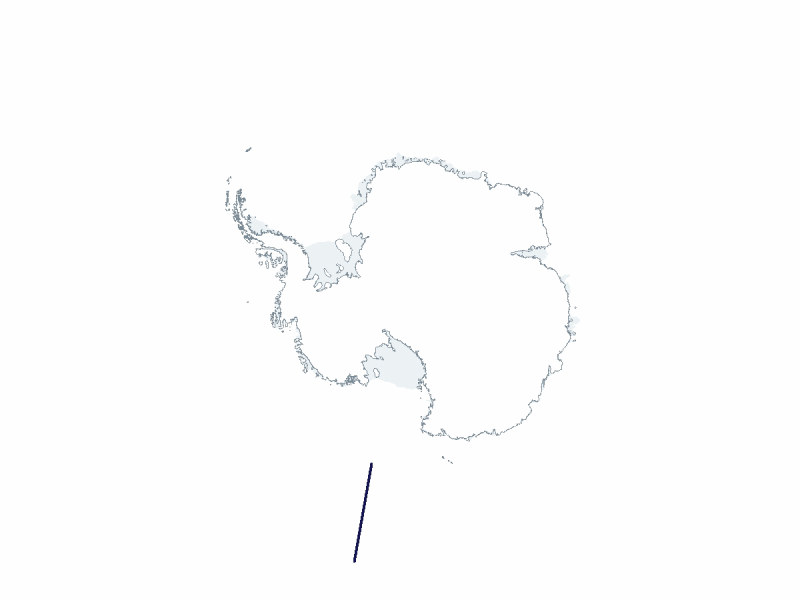2024-2025 USAP Field Season
Project Detail Project TitleCollaborative Research: The roles of seasonality, silicification, and alteration in nitrogen and silicon isotope paleo-proxy variability Summary
Event Number:
Program Director:
ASC POC/Implementer: Principal Investigator(s)
Dr. Rebecca Robinson Graham
Location
Supporting Stations: RV/IB Nathaniel B. Palmer DescriptionThe chemistry of fossil diatoms, specifically their nitrogen and silicon isotopic ratio, reflects past changes in surface water nutrients and uptake by plants. Changes in sedimentary diatom nitrogen and silicon values from the Southern Ocean record to what degree ocean biology consumed nutrients in the surface ocean through time. These records have been interpreted to document changes in large-scale vertical ocean circulation as well as iron-stimulated biological production. These processes likely worked together to contribute to carbon exchange between the ocean and the atmosphere. The proposed work will address gaps in our understanding of how the diatom proxies record surface nutrient conditions. Specifically, this includes an examination of environmentally controlled effects on physiology that lead diatoms to change how they build their shells and of alteration during sinking and burial as potential influences on the isotopic composition of nitrogen and silicon. The results will improve reconstructions of nutrient drawdown in the past, highlight optimal geological conditions for robust reconstructions, and increase our understanding of observed spatial and temporal variability in existing diatom nitrogen and silicon isotope records. This work will ultimately improve our understanding of global-scale climate change in the past and contextualize future change. Field Season OverviewThe primary activities in the field will be: 1) Collection of water for measurement of dissolved phases using Niskin casts (12 depths/cast) using a Conductivity, Temperature, and Depth (CTD) sensor; 2) Collection of near surface water for shipboard experiments (3 CTD casts to 100m); 3) Collection of particulates using large volume McLane filtration pumps (4 depths/cast), 2 casts per station; 4) Shipboard incubation experiments conducted in constant temperature cold room facilities. These incubations, in triplicate 20 L carboys, require a walk-in space rather than incubators. 5) Measurement of dissolved nitrogen and silicon species, chlorophyll, and evaluation and preservation of diatom assemblage samples. Two PolarSTEAM educators and one Vis-A-Thon artist from Rhode Island School of Design will participate in onboard outreach for this project. Deploying Team Members
|
2024-2025 Science Planning Summary



For USAP Participants |
For The Public |
For Researchers and EducatorsContact UsU.S. National Science FoundationOffice of Polar Programs Geosciences Directorate 2415 Eisenhower Avenue, Suite W7100 Alexandria, VA 22314 Sign up for the NSF Office of Polar Programs newsletter and events. Feedback Form |


